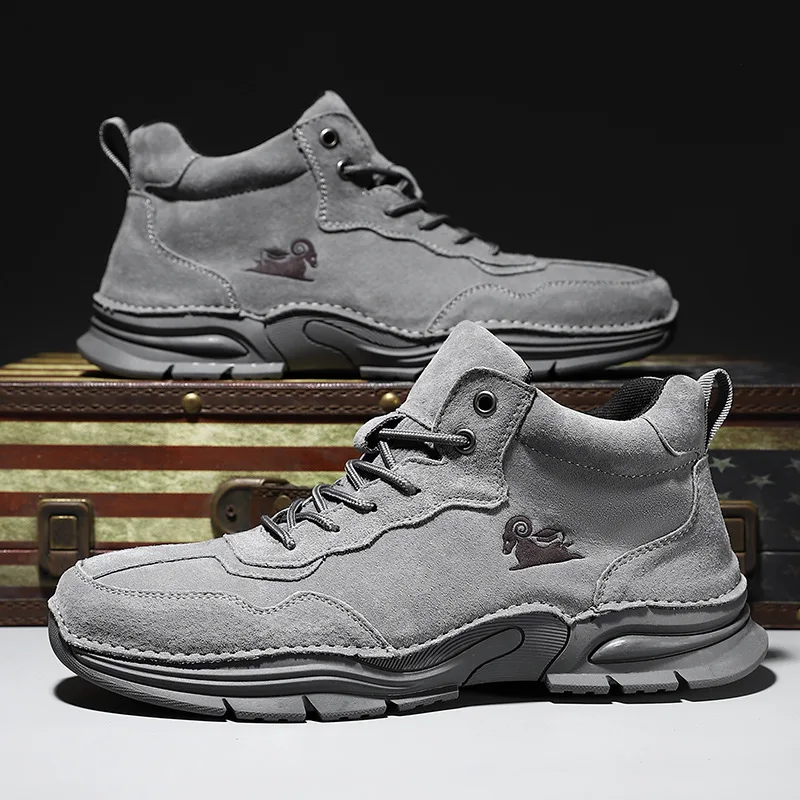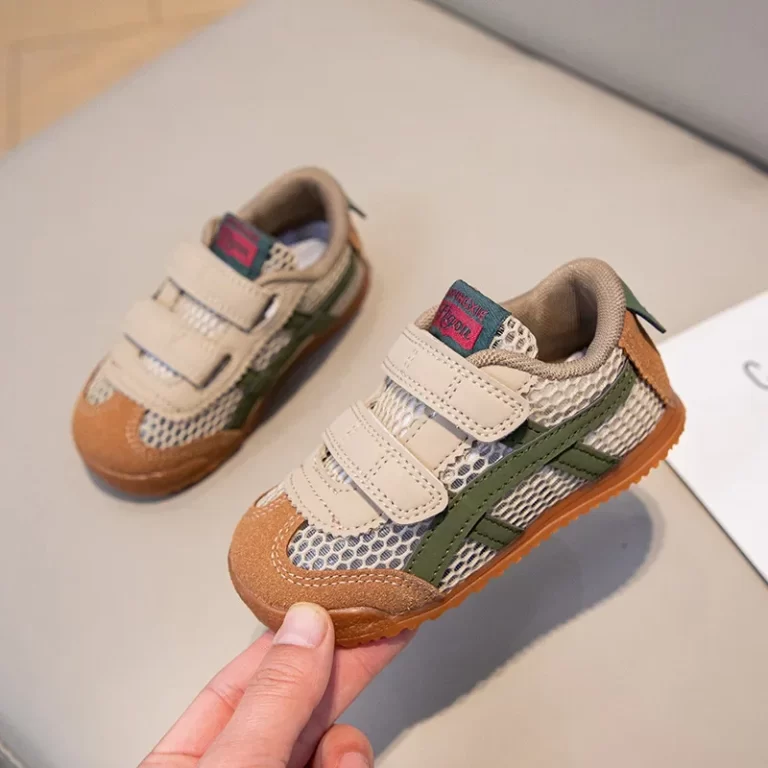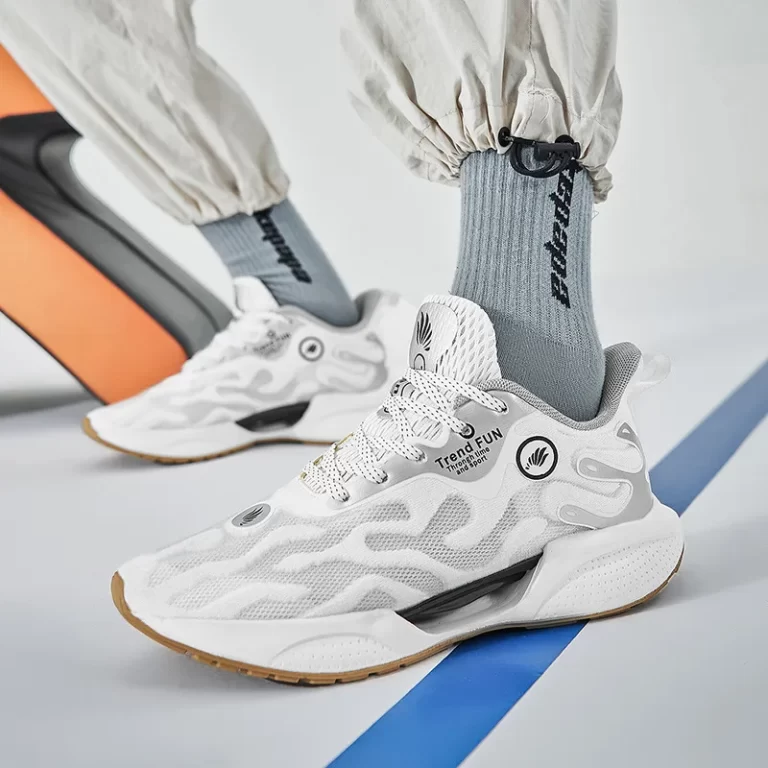Understanding the Importance of Proportions
When diving into how to draw sneakers, one critical aspect cannot be overlooked: proportions. Accurate proportions are the bedrock of a credible sneaker design. If the proportions are off, the entire design may look unappealing, no matter how innovative or stylish the concept is. Our brains are wired to notice when something doesn’t look quite right, even if we can’t pinpoint the exact issue. That’s why ensuring the correct scaling and relationship between different parts of the sneaker is vital.
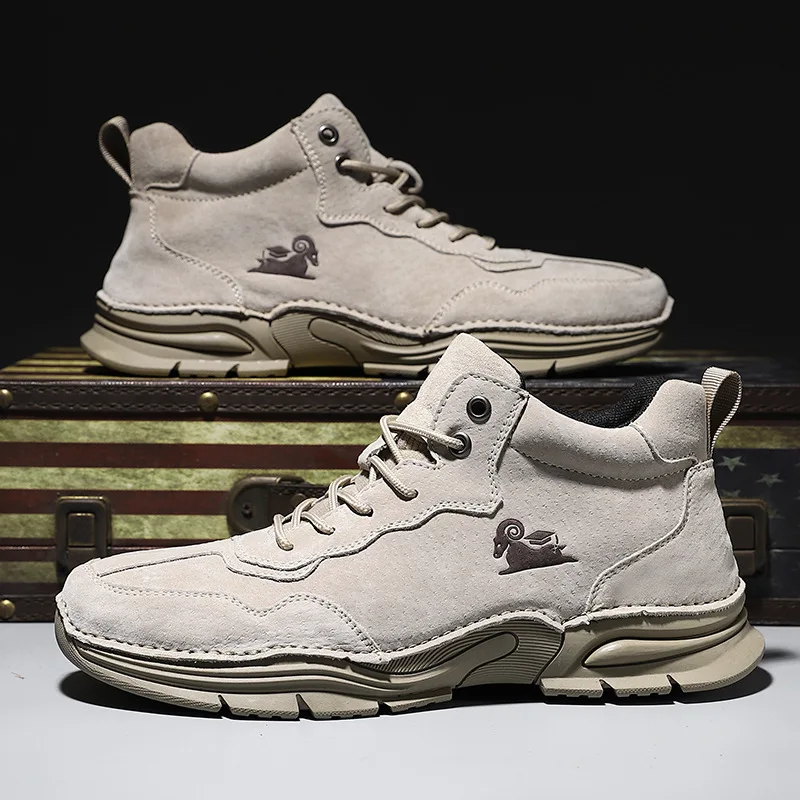
The Role of the Last in Sneaker Design
Every iconic sneaker starts with a fundamental structure known as a last. It’s important to understand the purpose of the last in sneaker design when learning how to draw sneakers. A last is essentially a three-dimensional model of a foot that shoemakers and designers use as a base to craft and design shoes around. By mimicking the contours and volume of a human foot, a last provides a realistic frame that ensures the final sneaker design will not only look good but fit comfortably on a wearer’s foot. Starting your sketch with a last helps to solve most proportion issues right at the onset of your design process. It’s like having a roadmap that guides you through the complex journey of sneaker design, from the overall shape to the intricate details that make your sneakers stand out. Mastering the use of a last is a pivotal step towards professional sneaker sketching.
Mastering the Last Drawing Technique
To excel in sneaker design, you must master the last drawing technique. The last represents the foot’s shape, serving as a template for your sneaker sketch. Here’s a step-by-step approach to master this foundational skill.
How to Begin Your Sneaker Sketch With a Last
First, understand what a last is. A last is a 3D model of a human foot. It’s the base for designing shoes. Here’s how to start your sneaker sketch with a last:
- Collect Referece Images: Look for images of lasts to understand their shape. Study different angles and styles.
- Draw The Footprint Outline: Start with a flat outline. This represents the foot’s sole and sets the scale.
- Add Volume to The Outline: Sketch the sides and top of the last, creating a 3D shape. This defines the foot’s contours.
- Refine The Shape: Ensure that the last’s curves and proportions mimic a real foot. Correct any inaccuracies.
- Use The Last as a Guide: Overlay your sneaker design on the last. This ensures proper fitting and style balance.
Remember to practice drawing lasts before moving on to actual sneaker designs. This technique will improve your designs, making them appear more professional and proportionate. Mastering how to draw sneakers starts with this essential skill. Keep your sketches loose and dynamic, but accurate to the last shape. Over time, your confidence and the detail in your sneaker sketches will increase significantly.
Sneaker Design Sketching Basics
Once you have a solid grasp of the last drawing technique, you can move to the actual sneaker design. The art of sketching sneakers involves more than just copying an existing style – it’s about inventing your own unique designs.
Step-by-Step Guide to Drawing the Sneaker Shape
Here is a simple, step-by-step guide to help you sketch the basic sneaker shape, using the last as your foundation:
- Outline the Basic Shape: Begin with the overall sneaker silhouette. Using the last as a base, sketch the profile of the sneaker, considering how it wraps around the last.
- Add the Sole: The sole is a defining feature of any sneaker. Draw the bottom part of the sneaker, envisioning how it would support and balance the foot.
- Design the Upper: The upper part includes everything above the sole. This is where your creativity shines. Think about the design elements like the laces, tongue, and any embellishments.
- Detail the Features: Sneakers often have multiple layers and textures. Add these details with care. Focus on making each part distinct and proportionately accurate.
- Refine and Adjust: Review your sketch. Make necessary adjustments to ensure every part flows into the next seamlessly. Accuracy here means a better-looking final design.
- Final Touches: Add shading and highlights to give your sneaker depth and dimension. This will make your design pop off the page.
Remember to reference images of sneakers you admire to inspire your design process. However, make them your own by adding personal touches. With each sketch, you’re one step closer to drawing sneakers like a pro.

Advancing Your Sneaker Drawing Skills
You’ve mastered the last and the basic sneaker shape. It’s time to take your drawing skills up a notch. Learning how to draw sneakers with more detail will set your designs apart. To advance from basic shapes to detailed designs, focus on the unique elements that define various sneaker styles.
From Basic Shapes to Detailed Designs
- Study Different Sneaker Types: Look at various styles. Notice how high-tops differ from low-tops.
- Focus on Unique Details: Pay attention to textures, patterns, and logo placements.
- Experiment with Materials: Imagine different fabrics and materials on your sneaker designs.
- Play with Color Combinations: Try various color schemes to enhance your sneaker’s look.
- Add Realism with Shadows: Use shading to give depth. This makes your design stand out.
- Practice Fine Lines: Improve your line work. This adds precision to your detailed designs.
- Incorporate Technology: Sketches can also show sneaker technology, like air pockets or cushioning systems.
Advance your skills by focusing on the little things that make sneakers unique. From the lacing system to the stitching patterns, every detail can transform a simple sketch into a professional sneaker design. Keep practicing to refine your technique and bring your sneaker sketches to life.
Essential Tools for Sneaker Sketching
Just like any form of art, sneaker sketching requires specific tools to get the best results. Having the right materials can make a significant difference in the quality of your sketches. Let’s look at the key tools you’ll need to draw sneakers effectively.
- Pencils: A range of pencils from hard to soft (2H to 6B) will help you create different textures and shades.
- Erasers: Use kneaded and plastic erasers to make precise corrections without damaging your paper.
- Fine Liners: For those sharp, clean lines, fine liners of various sizes are essential.
- Markers: A set of markers with a variety of tips can assist in adding depth and color to your sketches.
- Sketchbook: A quality sketchbook with heavy-weight paper will keep your designs neat and prevent bleeding through the pages.
- Ruler: A ruler is useful for drawing straight lines, which is crucial when working on sneaker soles and other linear elements.
- Tracing Paper: It helps you refine your designs without starting over from scratch.
By equipping yourself with these tools, you’re setting the foundation for professional and impressive sneaker designs.
Choosing the Right Materials for Your Design Practice
Selecting materials for sneaker sketching isn’t just about what you use, but also how you use it. Keep these points in mind:
- Pencil Grades: Start with harder pencils for initial sketches and switch to softer ones for bold lines and shading.
- Paper Quality: Invest in paper that’s smooth enough for detailed work but can also handle erasing and layering.
- Fine Liners’ Thickness: Use thinner tips for delicate details and thicker ones for bold outlines.
- Marker Ink: Opt for high-quality, non-bleeding ink to keep your designs crisp.
- Tools’ Comfort: Ensure your tools feel comfortable in hand for extended drawing sessions.
Choosing the right materials will help you build confidence in your sneaker sketching process, thereby improving the outcome of your designs. Keep practicing with these tools, and you will notice how your sketches transform from basic to professional.
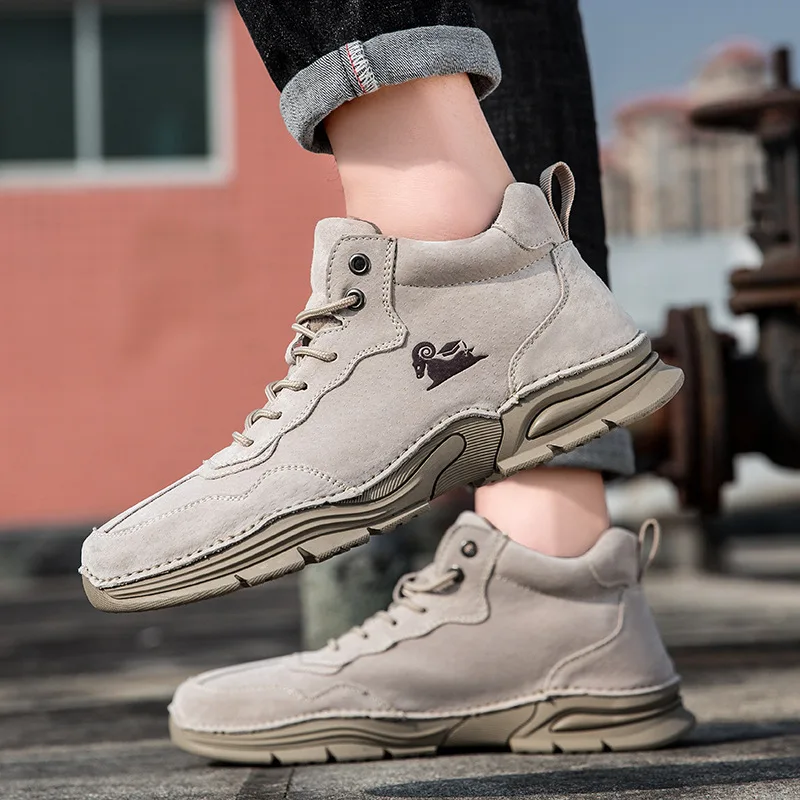
Common Mistakes and How to Avoid Them
Drawing sneakers can be full of pitfalls. New designers often stumble upon common issues. Here’s how to dodge these errors.
Tips for Maintaining Correct Proportions
Getting proportions right is crucial for realistic sneaker designs. Here are simple tips:
- Start with a Last: As Reference Blog1 suggests, begin with a last to set the proportions.
- Use Reference Images: Look at photos of sneakers for accurate size and shape comparisons.
- Keep Measuring: Frequently compare the parts of the sneaker to each other to maintain balance.
- Check Angles: View your design from various angles to ensure consistency.
- Draw Simple Shapes First: Break complex designs down into simple shapes, then refine them.
- Avoid Rushing: Take your time on each sketch to notice and fix any disproportion.
Remember, practice helps you recognize and rectify proportion errors quickly.
Practice Makes Perfect
The old adage that ‘practice makes perfect’ holds especially true in the realm of sneaker sketching. To elevate your skill set, it is not enough to grasp the techniques and tools; you must actively apply them. Consistent practice allows you to internalize the basics of how to draw sneakers and pushes you to refine your technique over time. Here are some strategies to ensure your practice is effective and enjoyable.
Developing Your Sneaker Sketching Through Consistent Practice
- Set Regular Drawing Sessions: Allocate specific times in your week for sneaker sketching. Consistency is key.
- Challenge Yourself: Try drawing different types of sneakers, from classic low-tops to modern high-tops.
- Focus on Weak Points: Identify areas you struggle with and dedicate sessions to improve them.
- Vary Your Techniques: Don’t stick to one style. Experiment with different pencil grips and strokes.
- Repeat Designs: Draw the same sneaker multiple times. With each iteration, aim for improvement.
- Seek Variations: Modify aspects of a design to explore creative possibilities.
- Take Breaks: Avoid burnout. Short breaks during practice can boost your focus and creativity.
By incorporating these habits into your routine, you’ll not only improve your sneaker sketches but also increase your satisfaction with the art you create. Remember, every professional was once a beginner, and it’s through perseverance and repeated practice that mastery is achieved.
Sharing Your Work and Getting Feedback
Once you feel confident in your sneaker sketches, it’s time to share your work. Getting feedback is a critical step in growing as a designer. Share your designs with peers, mentors, or online communities. Listen to what they say. Positive comments validate your skills, while constructive criticism can reveal areas to improve. Aim for a balance of both.
Don’t shy away from showing your progress, even if it’s not perfect. Every artist starts somewhere, and the sneaker design community is generally supportive. Use social media platforms, forums, or local art groups to connect with others. These interactions can lead to valuable advice and maybe even collaborations.
Remember, feedback is not personal. It’s about the work. Take it in, process it, and use it to make your next sketches better. Stay open to learning and growing.
The Importance of Community and Growth in Sneaker Design
Networking with other sneaker enthusiasts and designers is vital for growth. Sharing your sneaker sketches can open doors to new techniques and styles. It can also help you stay up-to-date with design trends.
When you’re part of a community, you gain access to a wealth of knowledge. Seasoned designers can provide guidance, and fellow beginners can offer solidarity. Together, you can tackle common challenges. Plus, communities often recognize and celebrate member successes, which can boost your morale.
Encourage others, and they will encourage you. Share your passion for sneakers, and watch as it helps you and your peers develop. This mutual support is the foundation of strong and creative growth in sneaker design.
